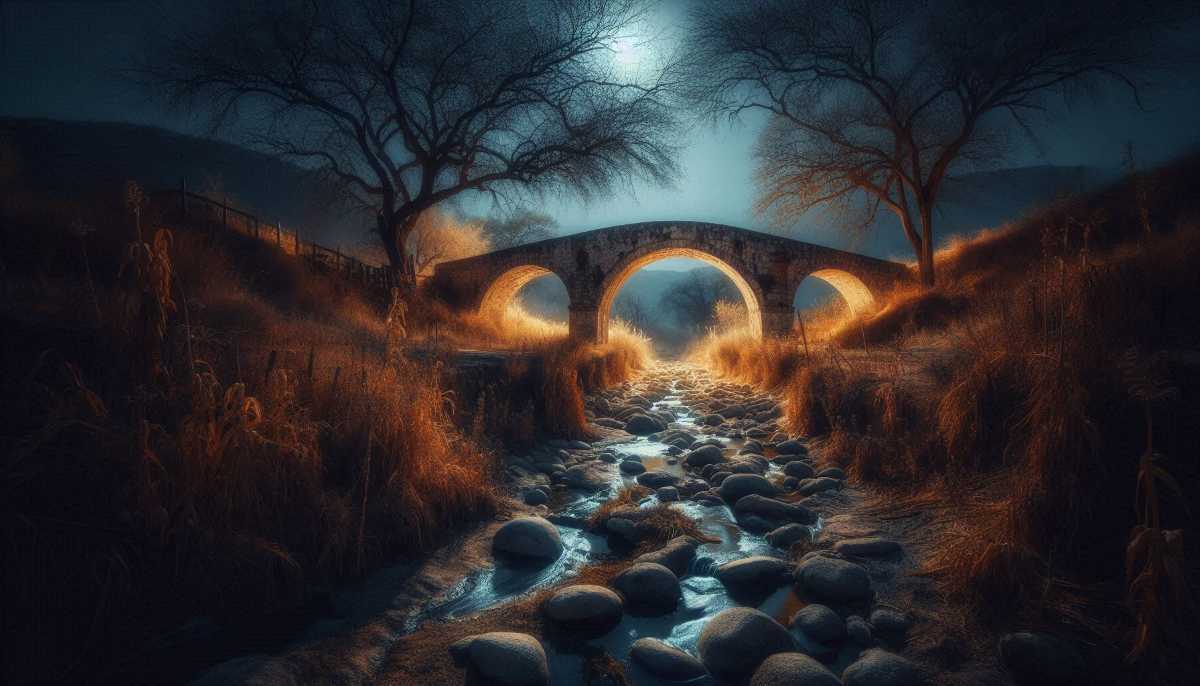The Night Mexico's Dumbest Shopkeeper Went Grave Robbing
In 1950s rural Mexico, a grocery store owner and his teenage companions turned amateur archaeologists after discovering what they thought was a buried treasure jar. Instead, they unearthed human remains, leading to a series of poor decisions involving midnight cemetery visit and ghostly appearances.

There I was, sitting at the kitchen table, a mug of tea in hand, listening to my father as he spun a tale from another age, one filled with the kind of local legends and chills that stay with you long after the story ends. The story took place just one block down from our house, on the corner of Ignacio Zaragoza Street. Forty-five years ago, my father, then a young lad with a gleam of curiosity in his eye, heard it all from his uncle Tomás, a man who owned a little grocery store on Lic. Raúl López Sánchez Street. And it wasn’t just any grocery store, mind you. It was the heart of the neighborhood, where every resident of Guerrero gathered for their daily essentials—and, of course, for the latest bit of gossip or ghost story.
Uncle Tomás’s store was a fortress of sorts: a big stone building with windows so small you’d swear they’d been designed to keep out intruders—or maybe something less tangible. Those windows still exist today, watching over the street as they have for decades, but back then, they did far more than just look out over the road. According to my father, they offered a glimpse into something darker, something from another realm.




